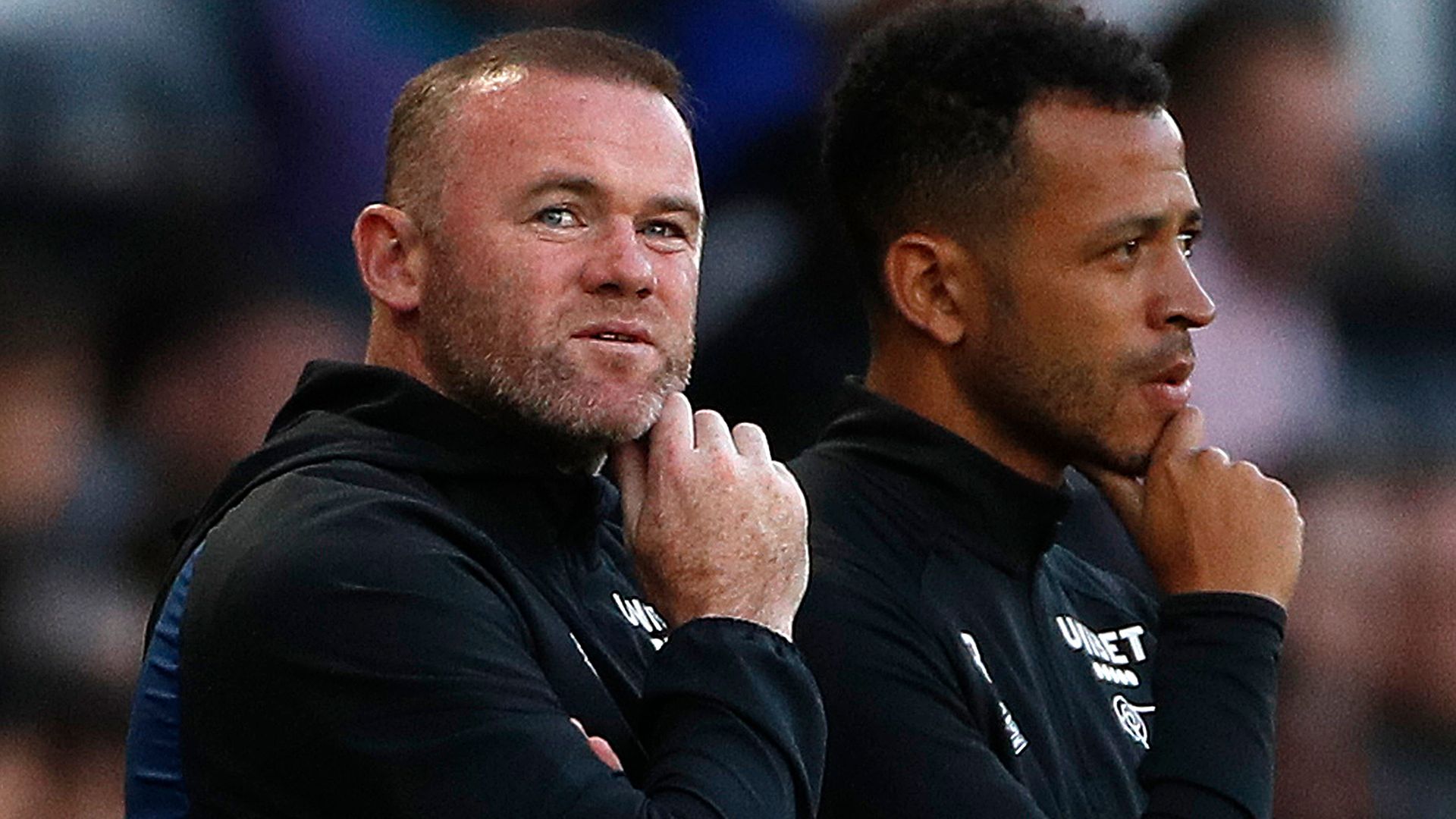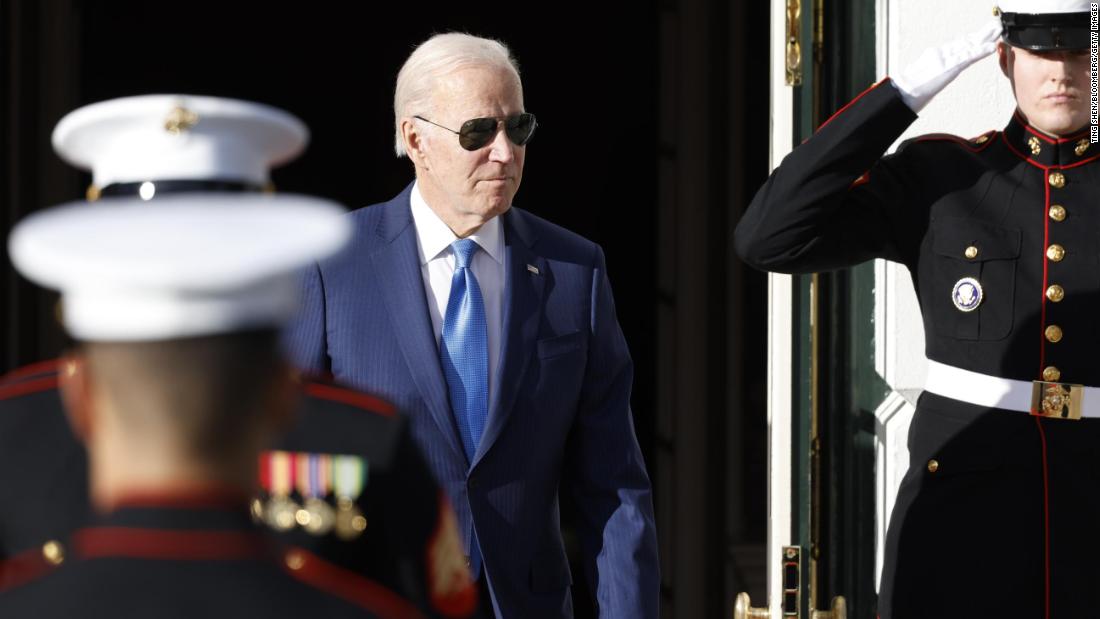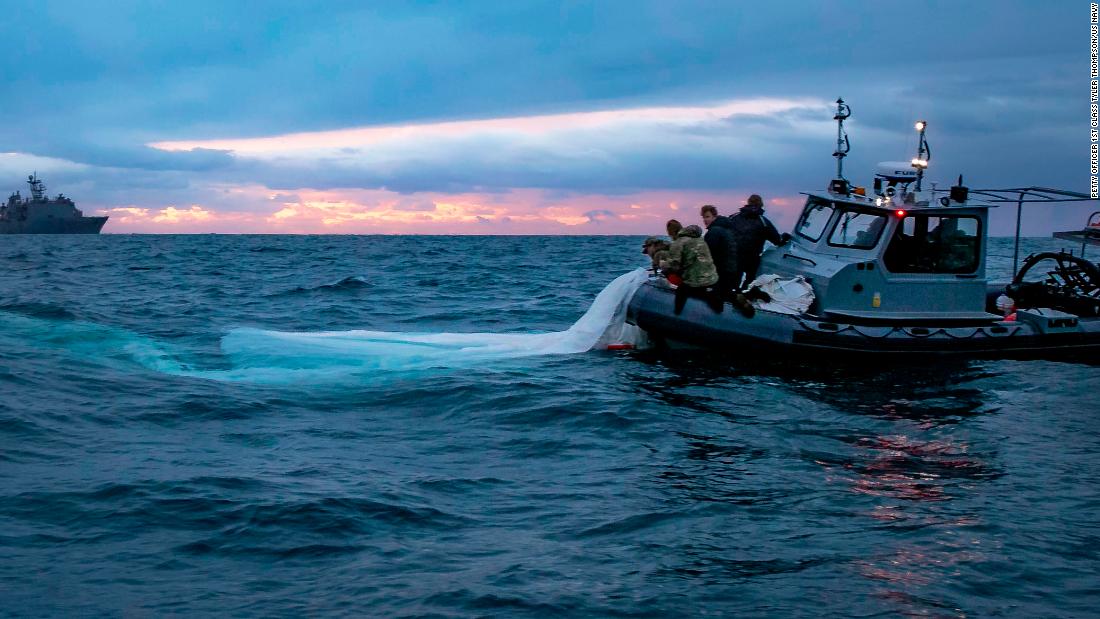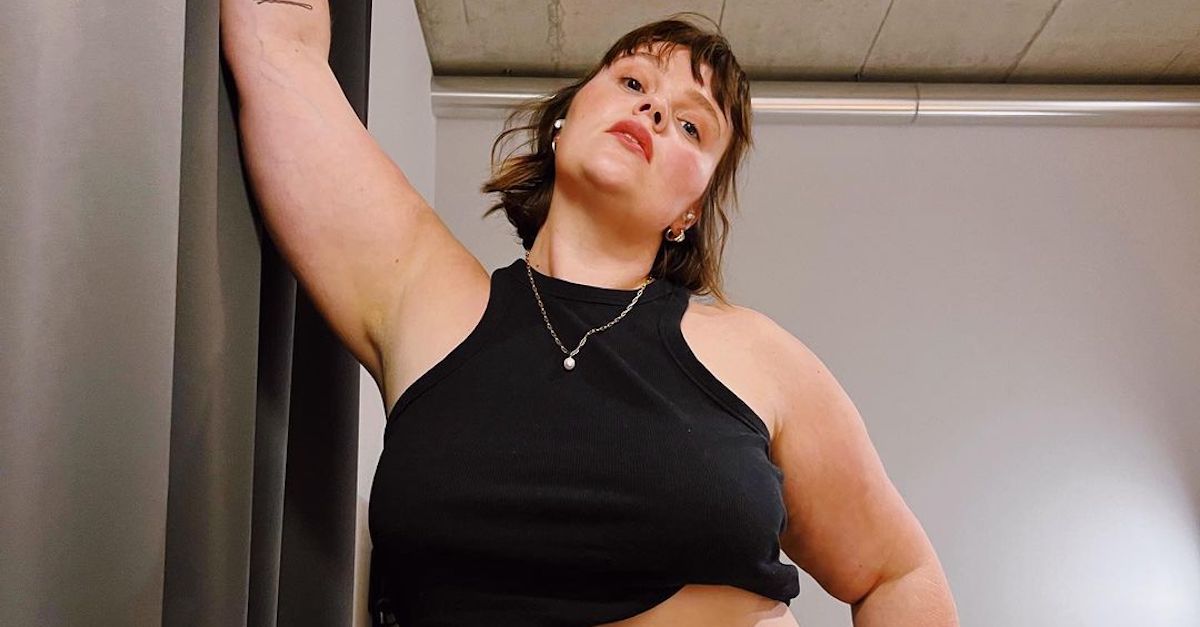‘Policing Alone Will Not Save Us,’ Says Baltimore Mayor
Addressing the failure to help communities suffering from unemployment, disinvestment and the lack of basic services is as critical as law enforcement in curbing gun violence, Mayor Brandon Scott told a webinar Wednesday.


Baltimore Mayor Brandon M. Scott
America’s epidemic of gun violence can’t be solved by police alone, says Baltimore Mayor Brandon M. Scott.
What’s needed is a coordinated “public health” approach that brings all the resources of city government to bear on the problems facing neighborhoods ravaged by high crime, disinvestment and poverty, Scott said in keynote remarks Wednesday at a webinar for journalists reporting on gun violence issues.
“Violence is a disease, a public health issue,” the mayor said, declaring that “yesterday’s status quo solutions haven’t created sustainable results for Baltimore communities like the one I grew up in.”
Dealing with violence involves “making sure that every single facet of city government works towards the goal of keeping residents safe. Policing alone will not save us.”
Scott, considered a “rising star” on the U..S. political landscape, was elected in November 2020 after pledging during his campaign to reduce the city’s climbing rates of violent crime.
Last month, he announced what he called Baltimore’s “first ever comprehensive violence prevention plan” that emphasizes community engagement, greater interagency coordination, and accountability by law enforcement, with the goal of gun violence by 15 percent a year.
In one facet of the plan, for example, city workers are dispatched to the scene of every shooting to identify “points of trauma” in the neighborhood, ranging from poor neighborhood services to the fears of residents about public safety.
Scott said the challenge was also to redefine the role of policing in addressing violence.
“Baltimore has been relying too heavily in its police department in my opinion,” he said. “Quite frankly we overburden them with things they should never have been doing.”
Instead, he continued, they should be encouraged to focus “on the things they should be doing, like dealing with the flow of illegal guns into our city―60 percent of the weapons (recovered in crimes) come from outside the city.”
Scott said violence intervention programs in Baltimore and other places, such as Safe Streets and Cure Violence, were useful strategies because they concentrated on specific neighborhoods and individuals responsible for gun crimes.
But “we have to start looking at the deeper issues” that affect public safety, ranging from “historic disinvestment” in the city’s black and brown neighborhoods, the disparate impact of the pandemic, and the effect of “zero tolerance” policies that has characterized aggressive policing in Baltimore for decades.
“We know we have to be more efficient with our policing, we have to have conversations about the things that we require them to do, that will allow them to have the impact they need to have,” he said.
And he added, “We need elected officials to have some fortitude in doing the right thing for the long-term, not the short-term thing in order to appease people and get elected.”

Olivia “Sunny” Schnitzer, Baltimore Deputy Mayor, Public Safety
Speaking after the mayor, the city’s deputy mayor for public safety, Olivia “Sunny” Schnitzer, said the emerging strategy was aimed at recognizing the deep-seated “trauma” affecting families in neighborhoods impacted by high crime and violence.
“We’re extremely fortunate in Baltimore to have some of the best medical and research partners in the world, and they can help with thinking down to the neighborhood level (about) the trauma that a neighborhood experiences (with) gun violence…approaching it as a public health issue, rather than a response to an individual shooting.”
Schnitzer said the new plan included a focus on how the city met “open service” requests on 311 calls, ranging from complaints about weeds in public lots or trash going uncollected, regardless of where the neighborhood was located.
“I think we have the first law in the country requiring each city agency to take an equity approach to their work,” she said. “Sometimes the conversations are a little tough, but in general we’ve found people to be receptive.”
At the same time, Baltimore is reexamining its police and public safety budget, currently around $552 million, with a view to reallocating some services currently performed by Baltimore cops to other agencies.
So far this year, there have been 192 homicides, putting Baltimore on track for its seventh year of more than 300 murders. There have been nearly 400 nonfatal shootings so far in 2021. The city is currently under federal oversight, following a Justice Department finding of a “pattern or practice” of excessive force, unlawful arrests and discriminatory policing.
Scott’s plan has won cautious endorsement from Police Commissioner Michael Harrison who said it combined “effective policing” with efforts to strengthen community relationships.
The remarks by Scott and Schnitzer launched a two-day webinar series aimed at exploring gun violence as a public health issue, and focusing on community intervention programs underway around the country.
The webinar, organized by the Center on Media, Crime and Justice at John Jay College of Criminal Justice, publisher of The Crime Report, is supported by grants from the Jacob and Valeria Langeloth Foundation and the Joyce Foundation.
The webinar resumes Thursday at 1:00 pm (Eastern). Members of the public wishing to attend can find more details here.

 Landwebs
Landwebs 
























